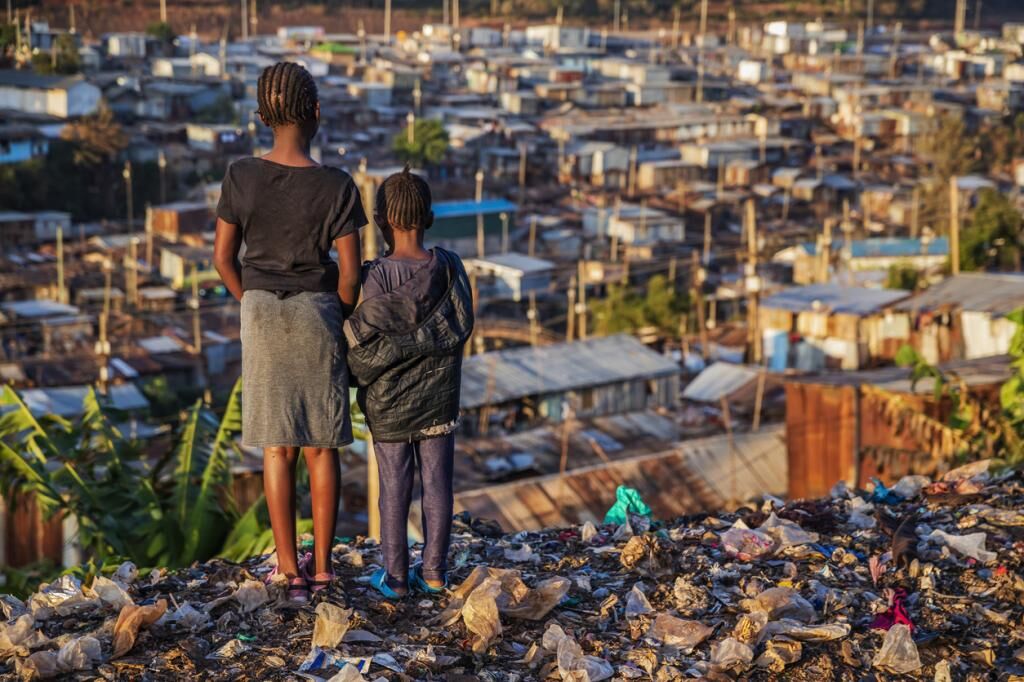An insignificant blip
Extreme poverty reduction estimates in Africa — based on 2017 prices — will soon reverse on account of higher food inflation during the pandemic

Fall 2022, there will be a new global poverty line to measure extreme poverty. The World Bank has measured it to be USD 2.15 / day (Rs 166 / day) at purchasing power parity (PPP). The new poverty line is based on 2017 prices and has been updated from the earlier USD 1.90 PPP figure based on 2015 prices. It means those living on below USD 2.15 / day in 2017 were living in extreme poverty.
With this new poverty line, extreme poverty had reduced by 0.2 percentage points to 9.1 per cent or in absolute terms, the number of extreme poor reduced by 15 million. Still, there were some 680 million people who lived in extreme poverty.
The new poverty line is higher by a quarter of a dollar in comparison to the earlier one. How is it possible that the number of extreme poor has decreased? The answer to this question shows how food price rise or inflation decides the poverty level. This is a pertinent issue in the current context as food prices are increasing fast.
Going by plain logic, the purchasing power of some people has improved. A look at the World Bank's latest documents, the purchasing power of a few poor countries has risen to a level that the overall number of extreme poor has come down.
The striking fact is that these countries are mostly in the African continent, usually counted among the poorest countries in the world. To be specific, the current decrease in global extreme poverty level has been driven by reduction in extreme poverty — those living below USD 2.15 / day threshold — in sub- Saharan Africa.
At an earlier poverty line of USD 1.90/day, this region had 62 per cent of the world's extreme poor, which has come down to 58 per cent as per the new poverty line. However, this region continues to have the highest percentage of the world's poorest population.
What led to the rise in purchasing power of the poorest living in sub-Saharan Africa? It is the low level of food price, or insignificant food inflation. In sub- Saharan Africa, food constitutes 40 per cent of the consumption basket used to measure inflation. The increase in the global poverty line captures the increase in costs of food, clothing and shelter during 2011 and 2017.
It is known that poor households spend the most on food as a percentage of their earnings while the rich households tend to spend less. This also implies that high food prices would invariably lead to low net income thus bringing down expenditure on other items. So, saving due to low food prices has increased the purchasing power of the poor.
This poverty figure doesn't reflect the state of affairs in 2020-2021, the years of pandemic. When the poverty line is again updated at 2021 prices, fresh assessment will inform us on how the pandemic impacted the extreme poverty level.
But all indicators point to a very high level of food inflation in Africa since 2019. In 2022 and the next year, the inflation will hover around 10 to 12 per cent according to various forecasts. This is the highest inflation rate since 2008.
It means in the last three years, African countries have been enduring high food prices, and it must have reflected on their poverty line. The World Bank estimated earlier that one percentage increase in food price rise will push one million people into extreme poverty. So, before this news of extreme poverty reduction in Africa reached out to the world, it would die out as a blip, overshadowed by the future to come. DTE
Views expressed are personal




